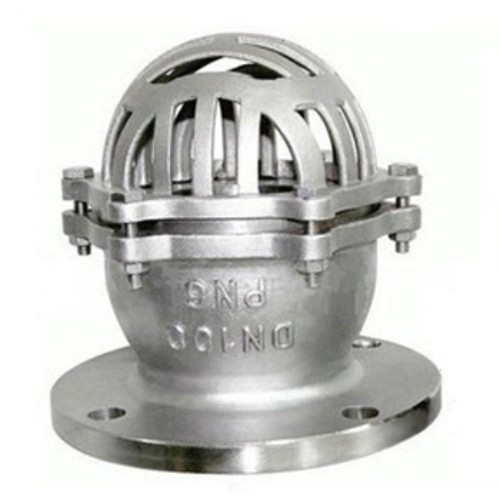Understanding Flow Dynamics of Gate Valves in Fluid Systems
Understanding Gate Valve Flow Characteristics
Gate valves are widely used in various industries due to their simple design and effective flow control capabilities. Understanding the flow characteristics of gate valves is crucial for ensuring optimal performance and efficiency in piping systems.
Understanding Gate Valve Flow Characteristics
Flow characteristics of gate valves can be influenced by several factors, including the size of the valve, the design of the gate, and the fluid properties. One significant aspect is the valve's Cv (flow coefficient) value, which measures the flow capacity of the valve. A higher Cv means the valve can pass more fluid with less pressure drop, making it a crucial factor in selecting the appropriate valve for a particular application.
gate valve flow

When a gate valve is fully opened, it should ideally present no restriction to the flow. However, the flow pattern can change significantly when the valve is partially opened. The gate’s position affects the flow velocity and the turbulence within the system. Partially opened gate valves can create a large pressure drop and may lead to cavitation or flow noise, which can damage the valve and piping over time.
To optimize the flow characteristics of gate valves in a system, it is essential to select the correct valve size. An undersized valve can cause excessive pressure loss and reduce system efficiency, while an oversized valve may not provide effective control at lower flow rates. Additionally, regular maintenance is crucial to prevent wear and tear that can hinder flow performance.
In applications involving viscous fluids or slurries, the choice of gate valve design becomes even more critical. Slurry applications can cause rapid wear on the gate and seats, potentially leading to leakage and operational inefficiencies. In such cases, lined or specially coated valves may be necessary to withstand the harsher flow conditions.
In conclusion, gate valves are essential components in many fluid systems. Understanding their flow characteristics, including the implications of valve size and condition, is vital for effective system design and operation. By taking these factors into account, engineers can ensure that their fluid handling systems operate efficiently and reliably, minimizing downtime and maximizing performance. Proper selection and maintenance of gate valves not only enhance flow characteristics but also contribute to the overall safety and longevity of piping systems.
-
The Key to Fluid Control: Exploring the Advantages of Ball Valves in Industrial SystemsNewsJul.09,2025
-
The Versatile World of 1, 2, and 3 Piece Ball ValvesNewsJul.09,2025
-
Stainless Steel Ball Valves: The Ideal Choice for Efficient Flow ControlNewsJul.09,2025
-
Optimizing Fluid Control with Ball Float ValvesNewsJul.09,2025
-
Manual Gate Valves: Essential for Control and EfficiencyNewsJul.09,2025
-
Everything You Need to Know About Butterfly ValvesNewsJul.09,2025
-
The Versatility of Wafer Type Butterfly ValvesNewsJul.08,2025




